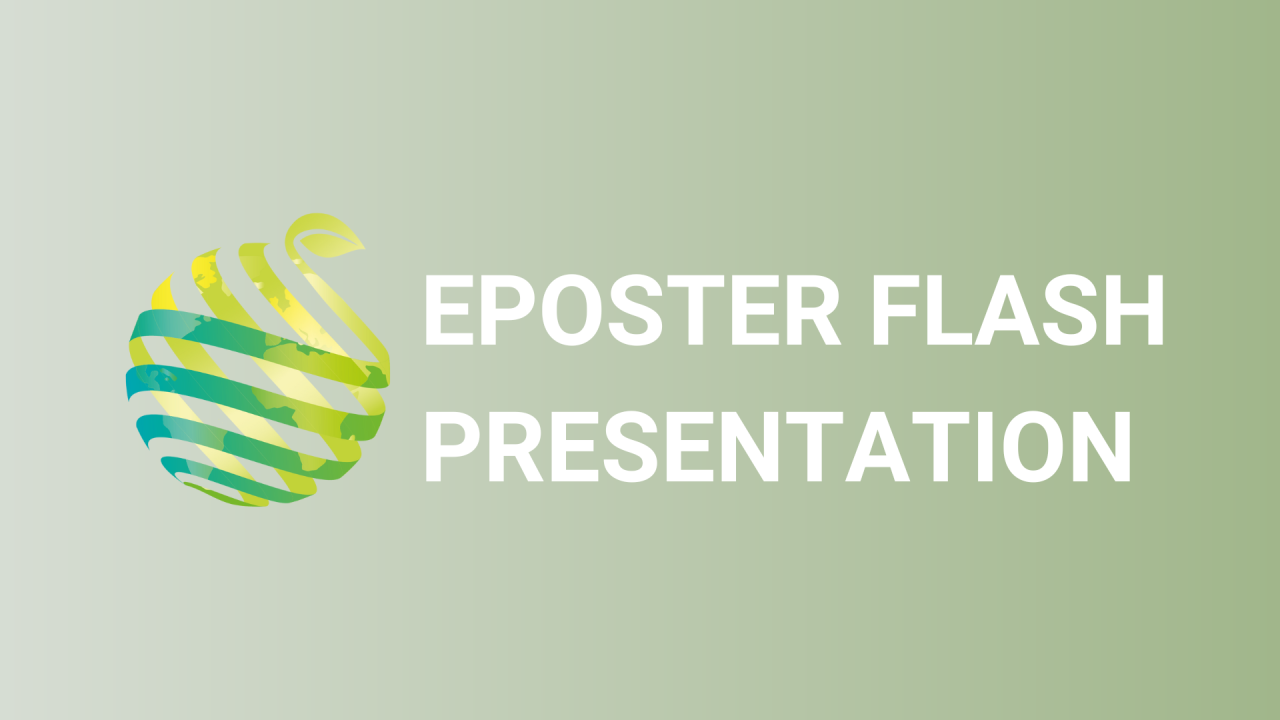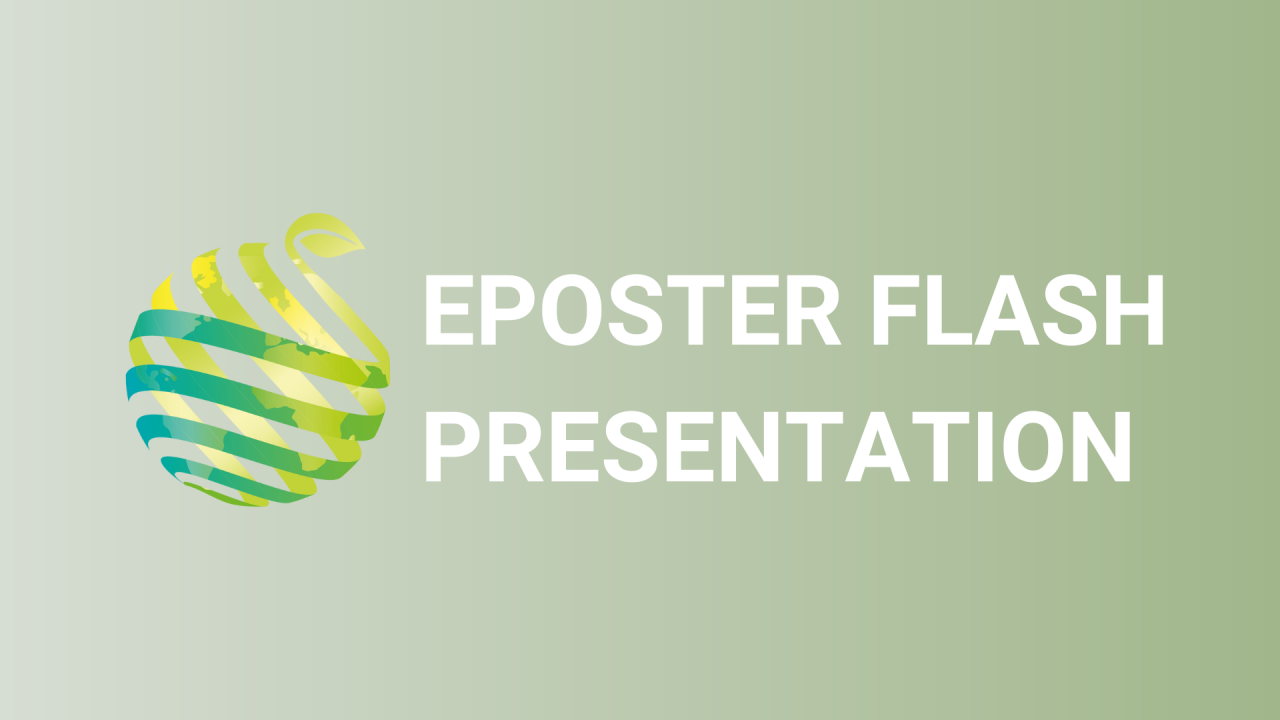

S02 - Session P4 - Phenotyping of wild species and development of interspecific hybrids for resistance against Chilli leaf curl virus disease and Anthracnose in Chilli
Information
Authors: Vinod Kumar, Manisha Mangal, Arpita Srivastava, Chithra Pandey, R K Gautam, Jai C Rana, Ashok Kumar, Ved Parkash Sharma
Chilli ( Capsicum annuum L.) is the most important vegetable and spice crop for farmers globally. Daily consumer demand for chilli has increased manifold in the recent past as chillies are used every day by the large population in the world. Quality fruit production of chillies is highly vulnerable to biotic stresses especially Chilli leaf curl virus disease (ChiLCD) in India. In order to select resistant lines from the germplasm we undertook phenotyping of 350 accessions of Capsicum species viz., Capsicum annuum, C. frutescence, C. baccatum, C. baccatum var . pendulum, C. chinense, C. chacoense and C. tovari a gainst Chilli Leaf Curl Disease (ChiLCD) under natural and artificial epiphytotic conditions for two crop seasons 2020-21 and 2021-22 at ICAR-NBPGR, New Delhi. Nine accessions viz., EC769427, EC772795, EC771555, EC692283, EC773729, EC771550, EC772775 and EC771556-2 of Capsicum annuum , EC787119 ( C. frutescence ), EC772732 ( C. chinense ) and EC790590 ( C . tovari ) were found resistant against ChiLCD under both natural epiphytotic and artificially challenged conditions. Eight accessions, namely EC-787126, EC-769427, EC-790590 (C. tovari), EC-769397, IC-570408, EC-915055, EC-772732 and IC-570408-1 were found resistant against anthracnose. The identified resistance accessions have been and are being utilized to develop successful interspecific crosses between C. chacoense x C. baccatum var. pendulum , C. chinense x C. annuum , C. frutescence x C. annuum , C. chinense x C. frutescence , C. chinense x C. tovari , C. tovari x C. annuum , C. annuum x C. tovari , respectively. Their mapping population would be developed to map genomic regions conferring resistance to biotic stresses and to study the genetics of ChiLCD and anthracnose resistance. Stable sources of resistant to these stresses would have direct use in chilli improvement programme to develop varieties/hybrids.